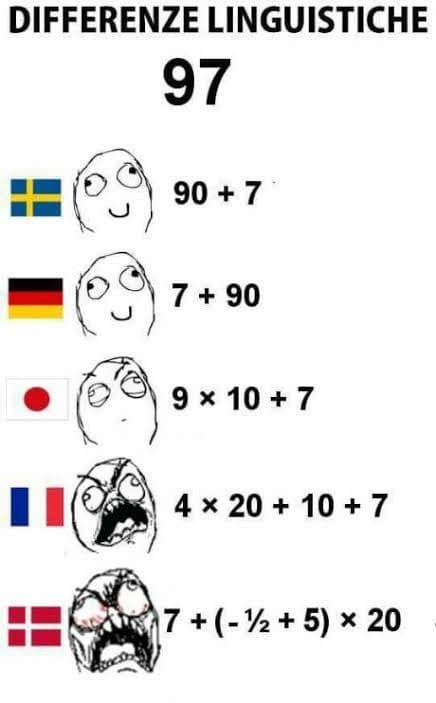Vigesimal
Have you wondered why do numbers from 11-19 have a different “naming scheme” compared to say numbers from 50-59?
Also learn why languages like Danish have complicated numbering system
97 = Syvoghalvfemsindstyve = 7 + [-½+5] x 20
Unlike 52 which is called Fifty two (50+2), 12 is not called teeny two (10+2). This anomaly is present till 19. Why? Welcome to vigesimal system, where the base for counting is not 10, but 20. It is as old as Mayan civilization.
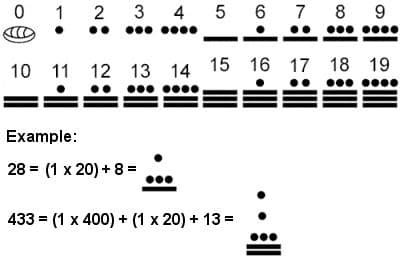
Vigesimal system was common in many languages in ancient times. Today few languages have managed to retain it completely. Closer home, Bhutanese (Dzhongka) has a vigesimal system where 30 is written as (2- 1/2) *20 , one and a half times of twenty.
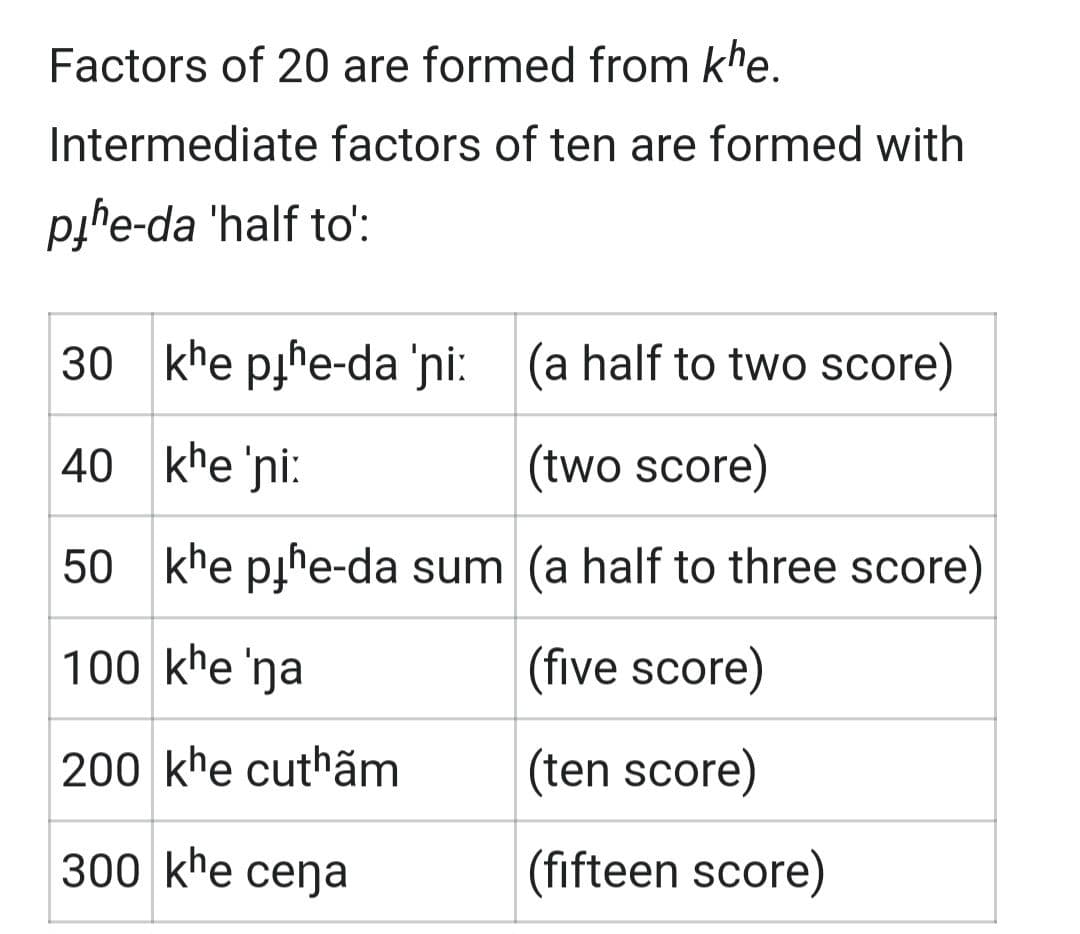
Now compare this with a pure decimal counting practised in Sanskrit : 11 is eka-dasha (10+1) , 21 is eka-vimashati (20+1). The pattern is exactly the same , no exceptions for numbers from 11-19.
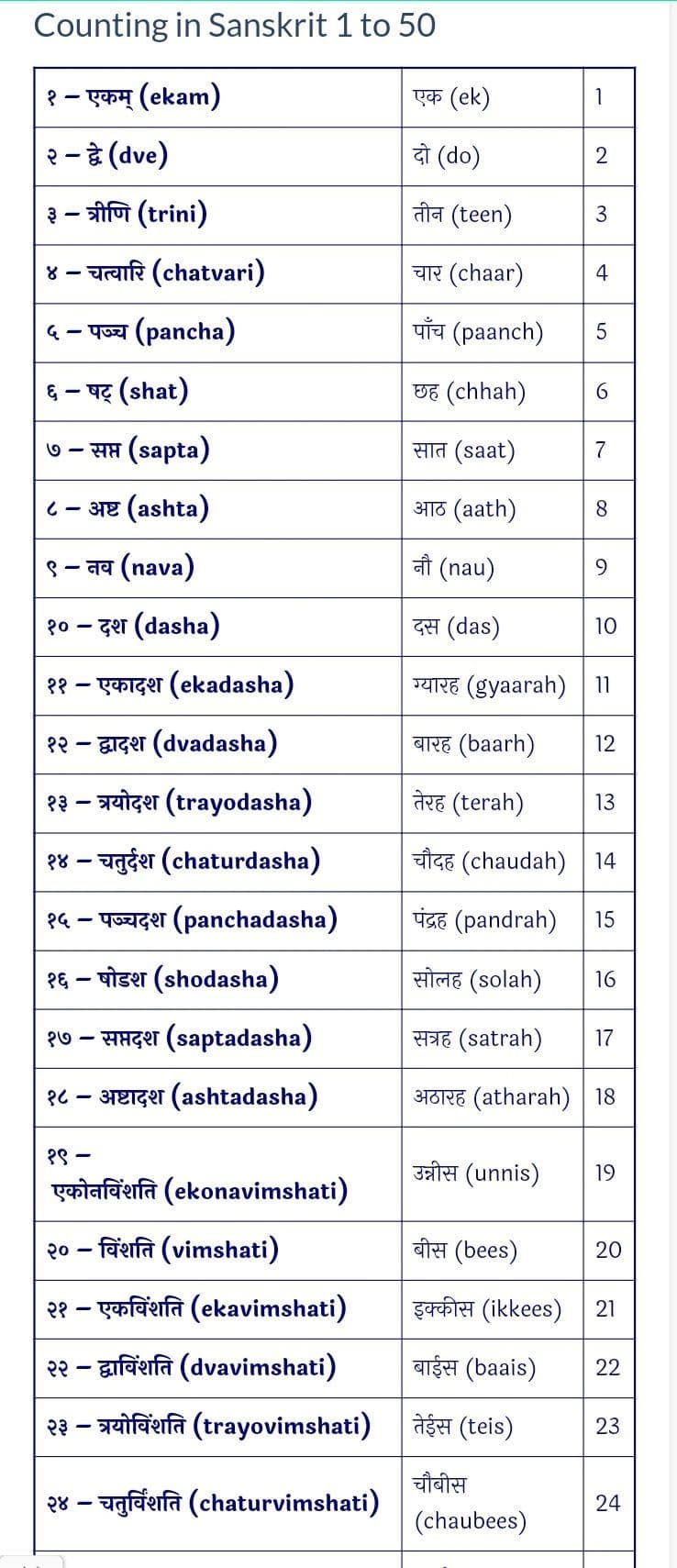
Pure decimal system languages like Sanskrit however came in contact with neighbouring languages that followed vigesimal system, eventually leading to fusion numbering system where 11-19 follow a different naming scheme compared to 21-99.
Vigesimal effect can be seen in almost all European languages in varying degrees. In French , numbers follow decimal system till 69, but suddenly shift to vigesimal system from 70!! So 71 is sixty eleven, 79 is sixty-nineteen, 80 is 4 twenties.
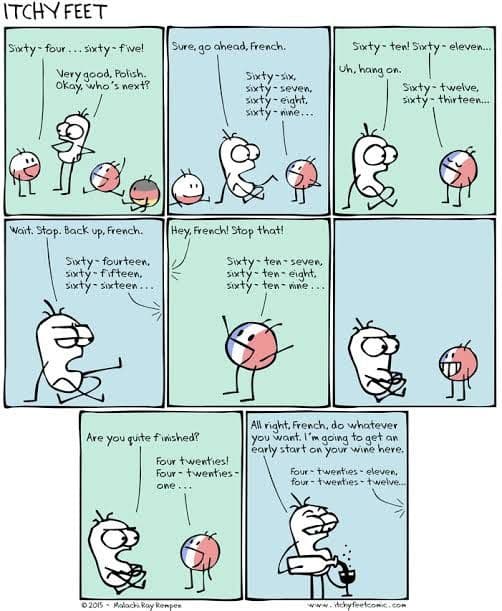
If you thought French numbering is crazy, wait till you learn about Danish numbering system which has a pure vigesimal system from 50-99. 90 is (1/2 less than 5) * 20
